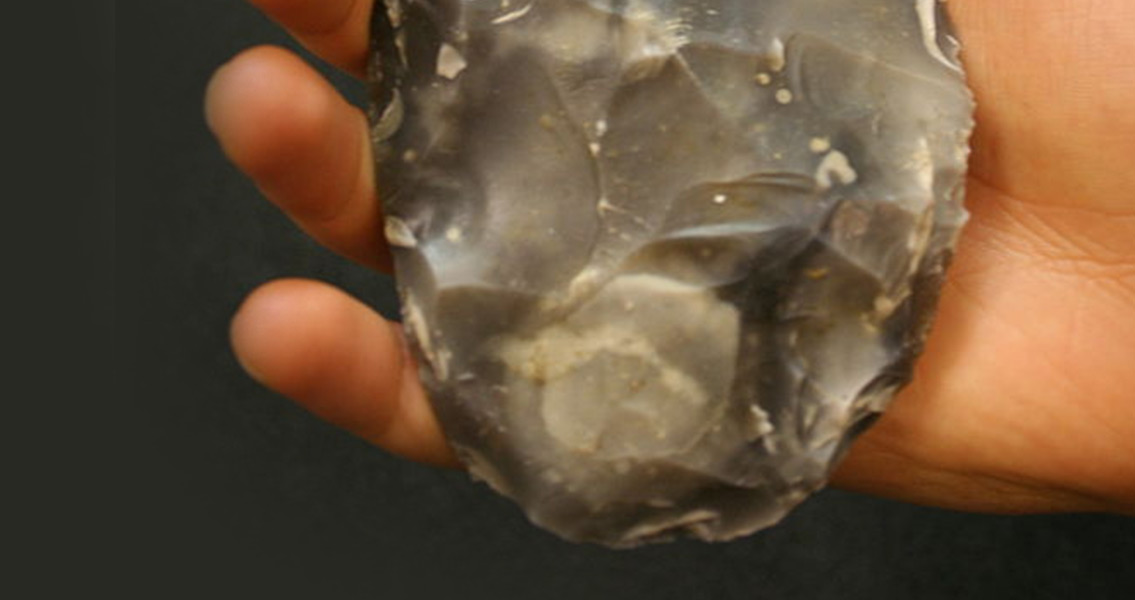<![CDATA[Archaeologists have unearthed the remains of two human babies at an ancient hunting camp in Alaska. The children are thought to have been buried by a group of hunter-gatherers as they crossed the Bering Strait around 11,500 years ago. The site in which the remains were found is called the Upward Sun River, and was occupied by the Denali people during the Pleistocene epoch, from 12,000 to 6,000 years ago. Ben Potter, an archaeologist from the University of Alaska, began surveys of the site in 2006 for a railroad project. In 2010, Potter and his colleagues found the partially cremated remains of a three year old in the hearth of an 11,500 year old subterranean house. Last year, Potter and his team continued excavations at the house and found more bone fragments about a foot below where the 3 year old child had been found. After analysing the teeth and bones, they realised that they had happened on the remains of two babies: one died at least six weeks after it was born, and the other was a foetus, which was probably stillborn. The foetus is the youngest individual to have been discovered from the Pleistocene epoch. Many ancient cultures had a tradition of decorating their dead, and the people who buried these two children were no exception. Ritual objects were found buried around them, such as antler rods, sharpened stones and projectile points, which were all decorated with red ochre. There were clear signs of wear and tear on the items, which shows they were in use before they were buried. Researchers believe that burying the objects with the children marked a sacrifice, as these tools were vital for the people's survival. This shows that the Denali people really mourned the death of their children. Finds like these are very rare in the archaeological world, but crucial for understanding ancient cultures. The researchers found that the way the children were buried was similar to the Clovis burial site in Montana, and to another site on Ushki Lake in Siberia. This reveals the migration patterns of ancient natives from Russia, across the Bering Strait, and into North America. The archaeologists now want to perform genetic tests on these children to see how closely related they are to each other, and to the ancient Native Americans. They want to do so by extracting DNA from the children's bones and analysing it. The right answers could help explain who the people living in eastern Beringia during the Ice Age were, and who they were related to. The archaeologists are still flabbergasted as to why two children were buried while the third was cremated. One might think that these children belonged to different cultures, but in fact they belonged to the same one. One hypothesis is that the way the dead were buried was seasonal, since digging a pit in the winter would have been harder than in the summer. Another is that the burials are different because of the age of the children when they died, although this seems a little farfetched as they were ultimately all children. The researchers hope to find the answers soon enough.]]>
Ice Age Babies and Weapons Unearthed in Alaska
